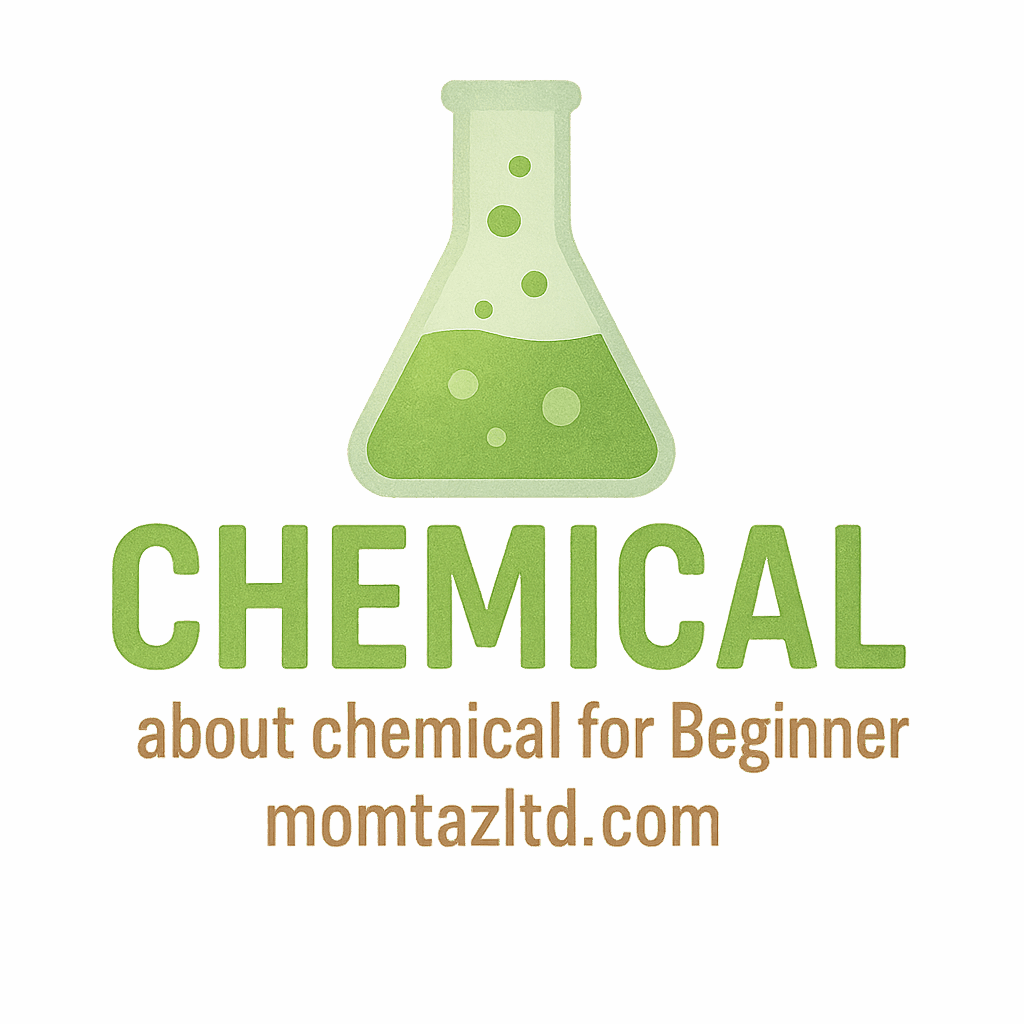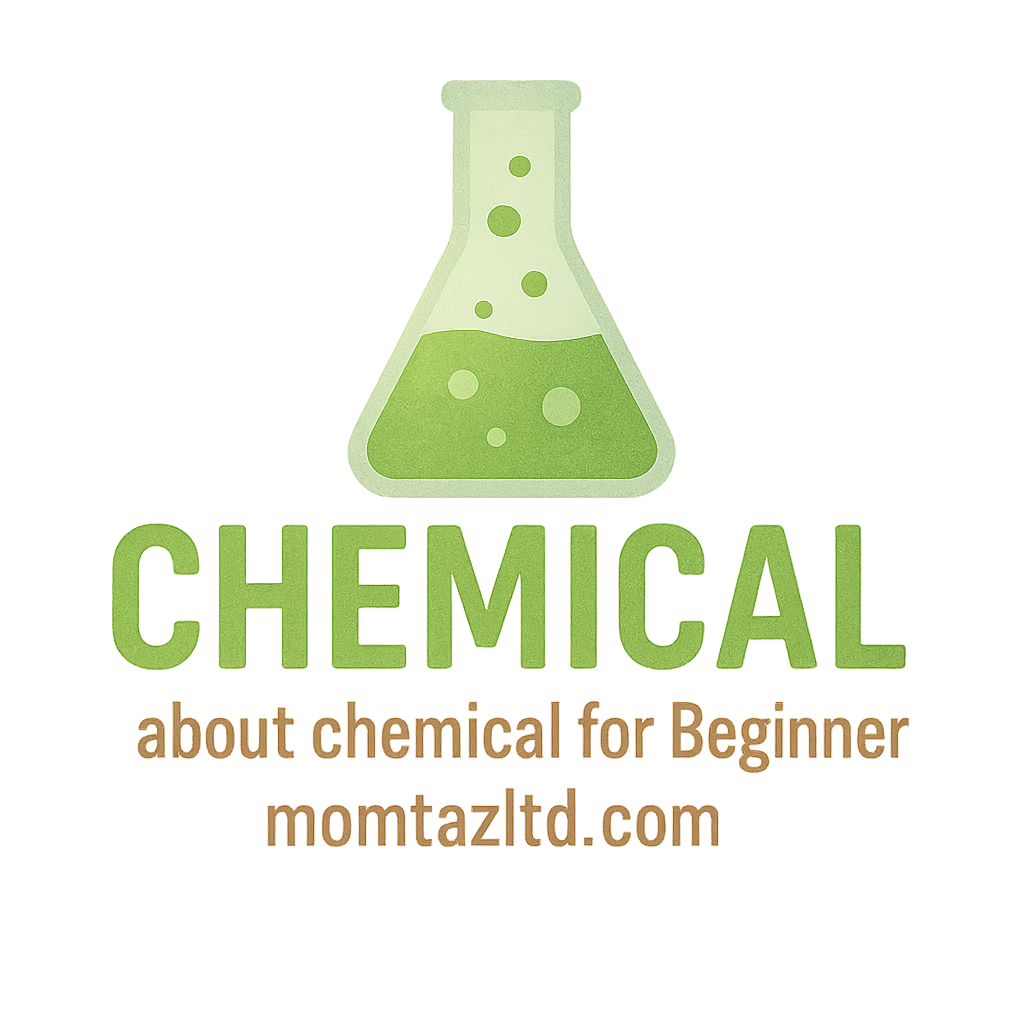Laboratory chemicals are often thought of as substances used solely by scientists and researchers. However, many of these chemicals have practical applications in our daily lives. From household cleaners to personal care products, laboratory chemicals can make our lives more efficient and convenient. Understanding the properties, uses, and safety precautions of these chemicals helps us use them effectively and responsibly.
Introduction: The Role of Laboratory Chemicals in Everyday Life
Laboratory chemicals play a crucial role in industries and research, but they also have a significant impact on our everyday activities. Many common household products, from cleaning agents to disinfectants, contain laboratory chemicals. By learning about these chemicals, we can better understand their effects and how to use them safely in our homes.
While laboratory chemicals may seem intimidating, many of them are essential for completing everyday tasks. Whether you’re cleaning your kitchen, removing stains, or disinfecting surfaces, these chemicals help make the process easier and more effective. To learn more about safe chemical practices, check out chemical safety tips.
1. Acetone: The Ultimate Solvent
What is Acetone?
Acetone is a colorless, volatile liquid known for its ability to dissolve a wide range of substances. It’s commonly used in laboratories, industries, and homes. Acetone is a primary ingredient in many products such as nail polish remover and cleaning agents. Its high solvency makes it effective in breaking down grease, oils, and adhesives.
Common Uses of Acetone in Daily Life
- Nail Polish Remover: Acetone is most commonly used in nail polish removers. It quickly dissolves nail polish, making it easy to remove.
- Cleaning Agent: Acetone is often used to clean surfaces, especially when removing sticky residues like adhesives or grease.
- Paint Thinner: In addition to being a solvent, acetone can also thin paints and varnishes for smoother application.
How to Handle Acetone Safely
Acetone is a highly flammable substance, so always use it in well-ventilated areas. Wear protective gloves and goggles to avoid direct contact with your skin and eyes. For more tips on handling chemicals safely, visit chemical safety guidelines.
2. Sodium Hydroxide: A Powerful Cleaning Agent
Understanding Sodium Hydroxide
Sodium hydroxide, commonly known as lye or caustic soda, is a strong alkaline compound. It is often used in industrial processes but is also found in household products like drain cleaners and oven cleaners. Sodium hydroxide works by breaking down organic materials, making it an effective cleaning agent.
Sodium Hydroxide in Household Cleaners
- Drain Cleaners: Sodium hydroxide is found in many drain cleaning products. It helps dissolve organic blockages like grease, hair, and food particles.
- Oven Cleaners: Due to its strong degreasing properties, sodium hydroxide is used in oven cleaners to cut through grease and grime.
Safety Precautions When Using Sodium Hydroxide
Sodium hydroxide is highly corrosive and can cause severe burns. Always wear gloves and protective eyewear when using products that contain sodium hydroxide. For a deeper dive into the safe use of chemicals in cleaning, refer to cleaning tips with chemicals.
3. Hydrogen Peroxide: A Household Disinfectant
What is Hydrogen Peroxide?
Hydrogen peroxide (H₂O₂) is a colorless liquid that has strong disinfecting and bleaching properties. It’s commonly used as a disinfectant in homes and healthcare settings due to its ability to kill bacteria, viruses, and fungi.
Common Uses of Hydrogen Peroxide at Home
- Disinfectant: Hydrogen peroxide is often used to clean and disinfect surfaces, especially in kitchens and bathrooms.
- Whitening Agent: It’s used in some bleaching agents for fabrics and teeth whitening products.
- Wound Disinfectant: Hydrogen peroxide is often used to clean and disinfect minor cuts and scrapes.
Hydrogen Peroxide Safety Guidelines
While hydrogen peroxide is generally safe to use around the house, it should always be stored in a cool, dark place to maintain its effectiveness. For more on chemical reactions and safety, check out chemical reaction tips.

4. Sodium Bicarbonate: More Than Just Baking Soda
The Many Uses of Sodium Bicarbonate
Sodium bicarbonate, more commonly known as baking soda, is a versatile compound with many uses in the household. Not only does it act as a leavening agent in baking, but it also works as a cleaning and deodorizing agent.
Sodium Bicarbonate in Cleaning and Personal Care
- Cleaning Agent: Baking soda can be used to clean countertops, deodorize refrigerators, and remove stains.
- Personal Care: It is often included in toothpaste and deodorants because of its ability to neutralize odors and promote freshness.
Tips for Safe Handling of Sodium Bicarbonate
Sodium bicarbonate is non-toxic and safe for most uses. However, avoid ingesting large quantities, as it can cause an upset stomach. For more information on safe handling, visit chemical handling practices.
5. Ethanol: From Medicine to Fuel
Ethanol as a Chemical Compound
Ethanol (C₂H₅OH), also known as ethyl alcohol, is a type of alcohol commonly used as a solvent, fuel, and disinfectant. It is the alcohol found in alcoholic beverages, but it is also an essential chemical used in various industries, including medicine and fuel production.
Everyday Uses of Ethanol
- Medical Uses: Ethanol is often used as an antiseptic to clean wounds and sanitize skin.
- Fuel: Ethanol is blended with gasoline to produce ethanol-based fuels for vehicles.
- Household Products: Many household cleaning products, including disinfectants, contain ethanol due to its antimicrobial properties.
Ensuring Safety While Using Ethanol
Ethanol is highly flammable and should always be stored in a cool, dry place away from heat sources. When using ethanol-based products, ensure proper ventilation to avoid inhaling vapors. Learn more about safe ethanol use on chemical safety practices.
6. Sulfuric Acid: The Acid That Powers Industry
What is Sulfuric Acid?
Sulfuric acid (H₂SO₄) is one of the most widely used industrial chemicals. It’s a strong acid that is highly corrosive and can cause severe burns. Despite its dangerous nature, sulfuric acid is an important component in a variety of products, including batteries and cleaning solutions.
Sulfuric Acid in Everyday Products
- Batteries: Lead-acid batteries, used in many vehicles, contain sulfuric acid.
- Cleaning Products: Some drain cleaners and industrial cleaning agents contain sulfuric acid to break down organic matter and clean surfaces.
How to Handle Sulfuric Acid Safely
Always wear protective gloves and goggles when handling sulfuric acid. Store it in appropriate containers and avoid contact with skin. For detailed guidelines, refer to safe chemical storage.
7. Ammonia: The Strong Smell of Cleanliness
The Chemistry Behind Ammonia
Ammonia (NH₃) is a colorless gas with a strong, pungent odor. It is commonly found in household cleaning products due to its ability to clean and disinfect surfaces.
Common Uses of Ammonia in Households
- Glass Cleaner: Ammonia is often used in window and glass cleaning products due to its streak-free results.
- Deodorizer: It’s used in cleaning products to neutralize odors, especially in kitchens and bathrooms.
Safety Precautions for Using Ammonia
Ammonia can irritate the respiratory system and eyes. It should always be used in well-ventilated areas. Never mix ammonia with bleach, as this can produce harmful toxic fumes. For more on safe chemical use, refer to chemical accident prevention.
Conclusion: The Importance of Understanding Laboratory Chemicals
Laboratory chemicals are an essential part of our daily lives, found in products ranging from cleaning agents to personal care items. Understanding how to use and handle these chemicals safely ensures that we can benefit from their properties while minimizing risks. Whether you’re cleaning your house, taking care of your health, or simply handling products at home, these chemicals help make our lives easier and more efficient. For more insights into chemical applications, visit Chemical Careers.
FAQs
1. What are laboratory chemicals used for in everyday life?
Laboratory chemicals are used in a variety of household products like cleaners, disinfectants, and personal care items. They help in tasks like sanitizing surfaces, removing stains, and even in cooking.
2. Are laboratory chemicals safe to use at home?
While many laboratory chemicals are safe for home use, it’s crucial to follow proper handling instructions and safety precautions. Always read product labels and use the chemicals as directed.
3. What are the common household products that contain laboratory chemicals?
Common household products like bleach, drain cleaners, and nail polish remover contain laboratory chemicals. These products are designed to leverage the chemical properties for cleaning, disinfecting, and more.
4. How should laboratory chemicals be stored at home?
Laboratory chemicals should be stored in a cool, dry place, away from heat sources and direct sunlight. They should also be kept out of reach of children and pets.
5. Are there any environmentally friendly alternatives to common laboratory chemicals?
Yes, there are several environmentally friendly alternatives to common chemicals, like using vinegar, baking soda, and lemon juice for cleaning.
6. Can I use laboratory chemicals for DIY projects?
Some laboratory chemicals can be used for DIY projects, but safety should always come first. Always wear protective equipment and follow proper instructions.
7. What should I do if I accidentally spill laboratory chemicals at home?
If a spill occurs, clean it up immediately according to the manufacturer’s instructions. Wear gloves and ensure proper ventilation to minimize exposure.
This article was crafted to help you understand the common laboratory chemicals we encounter daily and how to use them safely. For further information, feel free to explore our resources on chemical basics and chemical safety.


